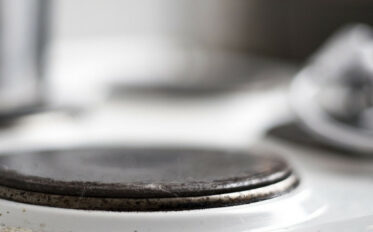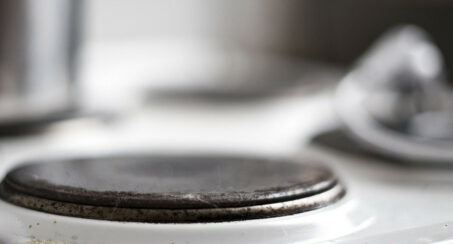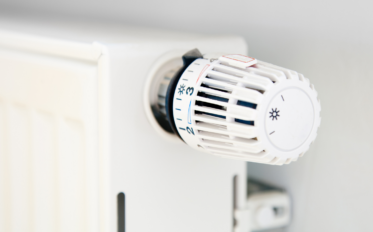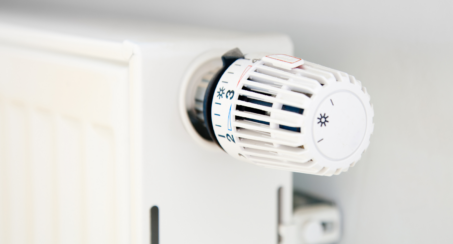Two years ago, the European Commission decided that the Ecodesign policy would also look into making products more repairable and durable. As several new rules on consumer products are about to be adopted, let’s take a look at the first results.
To make products easier to repair, the Commission proposed to:
-
improve the design of the products, so that key components can be replaced with the use of commonly available tools;
-
make spare parts easier to obtain by making their availability mandatory for 7 to 10 years, and setting a maximum delivery time once the order is placed;
-
give repairers access to technical information, such as the wiring diagrams or exploded views of products.
Sadly, in the last versions of the proposals, these measures have been substantially weakened. The ball is now in the Member States court to take them to the next level. However, some countries are set to oppose proposals to improve repairability and recyclability, Coolproducts campaigners revealed in September.
NGOs and repair networks in Italy, the UK and Germany are urging their governments to support people’s “right to repair”. Sign their petitions here (in Italian), here (in English) and here (in German).
It’s also worth noting that these proposals are only foreseen for domestic appliances such as washing machines and dishwashers, and not for electronic products such as displays. Given the huge impact of ICT products on the environment, and consumers’ frustration with the shorter lifespan of their electronics, we don’t find this approach justified.
Moreover, we regret that, at present, the European Institutions are using Ecodesign only to push for more repair, while the scope of action could potentially be greater. For instance, the label could be improved by adding information such as free warranty times or years of spare parts availability, which would foster competition for more durable products.







